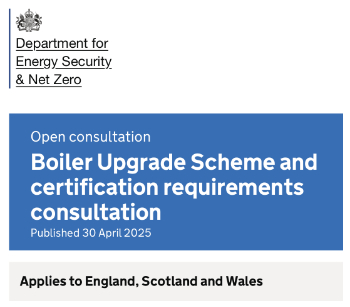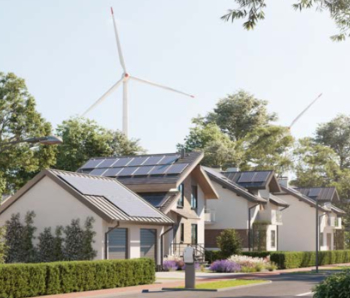Electricity bill
An electricity bill, in the context of buildings and their owners and/or occupants, is effectively an invoice detailing money that is owed for electrical energy that has been used.
In its simplest form, electrical energy will have been metered, usually in terms of the quantity of kilowatt hours that have a been used in a given time period.
A kilowatt hour or ‘Kwh’ is the quantity of energy that a load of 1Kw uses in 1 hour.
So:
1Kw running for 1 hour = 1Kwh
Equally:
0.5 Kw (500w) running for 2 hours = 1Kwh
And
2kW running for 30 minutes also = 1Kwh
1Kwh is also known as ‘1 unit of electricity’
The company supplying the energy will have set the price for the unit of electricity. This and other details that make up the bill will be detailed in the supplier’s terms and conditions. Such terms and conditions are known as tariffs.
Tariffs will vary widely between suppliers. As well as detailing the cost per unit of electricity, these will also cover other costs that make up the total amount owed.
In its most simple form, the bill will set out payment terms, such as payment due date, VAT rate if applicable and methods by which payment may be made.
On larger installations, it is common to see much more detailed tariffs, which may often encourage electricity saving at peak times and variable unit rates for different times of day.
With more complex tariffs, electricity usage will be charged while taking into account other factors such as:
- Time of day.
- Maximum demand at any given point in time.
- Seasonal variations.
- Power factor that electricity has been taken at.
- System usage charges.
- Payment methods.
The electricity bill must clearly set out all this information so that it is easy to establish how the total amount charged has been calculated.
NB Making Mission Possible - Delivering A Net-Zero Economy, published by the Energy Transitions Commission (ETC) in September 2020, suggests that the levelised cost of electricity (LCOE) is: ‘A measure of the average net present cost of electricity generation for a generating plant over its lifetime. The LCOE is calculated as the ratio between all the discounted costs over the lifetime of an electricity-generating plant divided by a discounted sum of the actual energy amounts delivered.’
--ECA
[edit] Related articles on Designing Buildings
- Articles about electricity.
- Consumer electronics.
- Consumer unit.
- ECA calls on Government to reform and rebalance energy levies and avoid cost of living crisis.
- Electrical appliance.
- Electrical consumption.
- Electrical energy.
- Electrical equipment.
- Electrical installation.
- Electrical power.
- Electrical safety.
- Energy cost.
- Energy price crisis: ECA calls for energy levy reform.
- Energy tariffs.
Featured articles and news
An engaging and lively review of his professional life.
Sustainable heating for listed buildings
A problem that needs to be approached intelligently.
50th Golden anniversary ECA Edmundson apprentice award
Deadline for entries has been extended to Friday 27 June, so don't miss out!
CIAT at the London Festival of Architecture
Designing for Everyone: Breaking Barriers in Inclusive Architecture.
Mixed reactions to apprenticeship and skills reform 2025
A 'welcome shift' for some and a 'backwards step' for others.
Licensing construction in the UK
As the latest report and proposal to licence builders reaches Parliament.
Building Safety Alliance golden thread guidance
Extensive excel checklist of information with guidance document freely accessible.
Fair Payment Code and other payment initiatives
For fair and late payments, need to work together to add value.
Pre-planning delivery programmes and delay penalties
Proposed for housebuilders in government reform: Speeding Up Build Out.
High street health: converting a building for healthcare uses
The benefits of health centres acting as new anchor sites in the high street.
The Remarkable Pinwill Sisters: from ‘lady woodcarvers’ to professionals. Book review.
Skills gap and investment returns on apprenticeships
ECA welcomes new reports from JTL Training and The Electrotechnical Skills Partnership.
Committee report criticises UK retrofit schemes
CIOB responds to UK’s Energy Security and Net Zero Committee report.
Design and construction industry podcasts
Professional development, practice, the pandemic, platforms and podcasts. Have we missed anything?
C20 Society; Buildings at Risk List 2025
10 more buildings published with updates on the past decade of buildings featured.
Boiler Upgrade Scheme and certifications consultation
Summary of government consultation, closing 11 June 2025.
Deputy editor of AT, Tim Fraser, discusses the newly formed society with its current chair, Chris Halligan MCIAT.

























